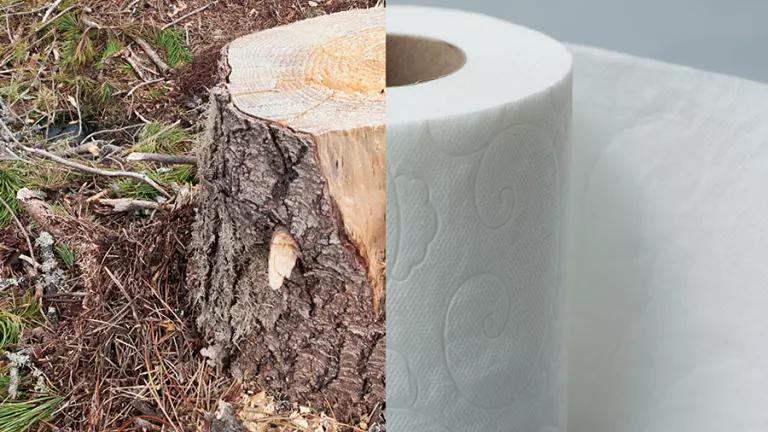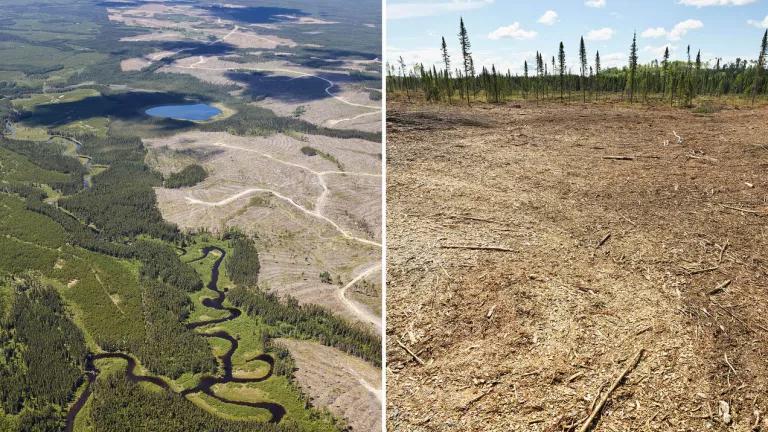Heaps of Possibility: Innovation in U.S. Recycling

This was originally published as a guest post in Shelley Vinyard's blog.
Many of us toss something into the recycling bin at some point throughout the day, taking comfort in the thought that we’re keeping it out of landfills to have a second life as a new product. But in some towns across the U.S., this rosy picture of recycling may not be the reality as changes in the global recycling chain are posing challenges to our domestic recycling capabilities. Fortunately, many companies and municipalities are confronting these new challenges through investments in innovative solutions and expansions in domestic recycling.
A Recycling Crisis Creates Opportunity
In January 2018, China began a policy called “National Sword,” which banned many scrap materials from being imported and prohibited other countries’ recyclable waste unless it meets a strict contamination level of only .05 percent trash mixed with recyclables (the U.S. average is around 25 percent). Up until this, 40 percent of U.S. recycling was sent to China, but high contamination levels were contributing to pollution issues and rising labor costs, leading the Chinese government to crack down on these imports.
In response, many U.S. Materials Recovery Facilities (MRFs), the plants that receive and separate recyclable materials for their use in new products, have been scrambling to find new international markets with enough capacity for U.S. scrap—and have come up short. As a result, massive quantities of recyclable content is piling up in U.S. solid waste and recycling facilities. But some U.S. companies and municipalities are turning this situation to their advantage, developing innovative solutions to America’s recycling challenges and making use of this glut of recycled materials.
These innovations should get the attention of industries that rely on, or could incorporate, recycled materials in their products. For example, as we have pointed out before, American toilet paper manufacturers use far too much virgin forest fiber to manufacture their products. Products like Charmin toilet paper, which is made by U.S. consumer goods giant Procter & Gamble (P&G), use no recycled content whatsoever. Companies like P&G should see this as the opportunity it is to end what we call the “tree-to-toilet pipeline,” and instead move to a more sustainable model where they use recycled materials for their products instead of virgin forest fiber. As the case studies below illustrate, there are plenty of examples across the country of promising innovations to address these challenges and take advantage of the glut of recyclable materials for use in new products.
Pratt Industries and New York City
The corrugated packaging company Pratt Industries is harvesting New York City’s “urban forest” of discarded products. Pratt pays New York for the paper its residents recycle, allowing the city to avoid the cost of over $100 per ton to send it to a landfill. Pratt’s recycling plant on Staten Island houses a recycled pulp mill that then converts these sorted materials into 100%-recycled corrugated boxes for companies like Home Depot. Urban areas like New York generate huge amounts of recyclable content from their residents that are ripe for the taking for use in new products. Pratt also has an Ohio mill that is among the 18 North American paper mills that, as of November 2018, announced increases in their capacity to use recyclable paper as raw material. With its corporate and municipal partnerships, Pratt is expanding recycling infrastructure and increasing the availability of usable recycled materials. Recycling plants that are similar to Pratt provide ample opportunity for companies such as P&G to partner with it to produce more than packaging.
Green Bay Packaging in Wisconsin
Another company that has announced an increase in their capacity to use recyclable paper in new products is Green Bay Packaging, an American pulp and paper company, that is investing nearly $500 million to build a new recycled paper mill. This new mill is expected to be fully operational by spring of 2021, and is replacing an over 70-year-old plant that became too outdated and inefficient to reinvest in. The new state-of-the-art recycled paper mill will accept higher quality mixed paper, which constitute the largest portion of municipal solid waste in the U.S. In addition to diverting some of this huge source of materials from landfills, recycling mixed paper has a significant impact on conserving energy. Every ton of mixed paper that’s recycled saves the energy equivalent of 165 gallons of gasoline. Although Green Bay Packaging still uses virgin forest fiber at some of its other mills, the company is helping to kick-start the green economy in Wisconsin and create new products through recycling America’s largest form of waste.
Recology and San Francisco
Recology’s exclusive partnership with San Francisco helps the city send less trash to landfills than any other major U.S. city and aids in the city’s long-term sustainability goal of achieving zero waste. Recology is solving the problem of recycling contamination by investing in modern recycling equipment, like high-tech optical sorting machines that use light waves to identify different materials and reduce contamination in its bales. They then send these sorted materials to Central California, where they become new products like recycling bins or water bottles. Recology demonstrates clearly how much companies can achieve with increased commitment to research and development on recycled content alternatives. In addition, Recology conducts public outreach through education programs that promote individuals creating their own Zero Waste goals, which range from printed signage and sorting guides to hands-on training. Through Recology’s technological investments and public education programs, it has increased recycling by 9 percent and decreased refuse to landfills by 6 percent in only 18 months.
One Man’s Trash is Another’s Treasure
These examples show the vast opportunities that exist in what some consider waste. Companies and cities like those highlighted above are leading the way in diverting materials from landfills and giving them a second life as recycled products. Doing so not only reduces the waste being sent to the trash heap and its resulting greenhouse gas emissions, but also means relying less on the unnecessary extraction of virgin raw materials to create throw-away products. But there is still a long way to go. That’s why we’re calling on P&G to live up to its reputation for innovation by investing in improving recycling infrastructure, making use of these materials in its tissue products, and protecting our forests in the process.




